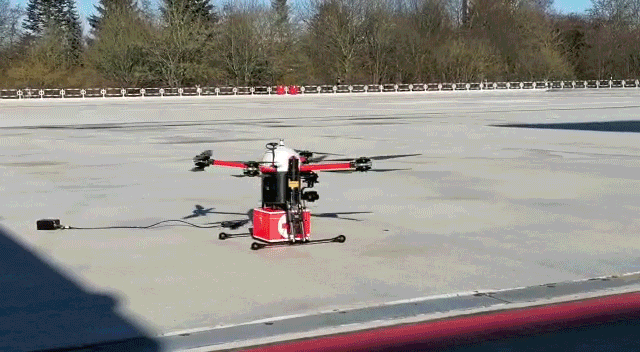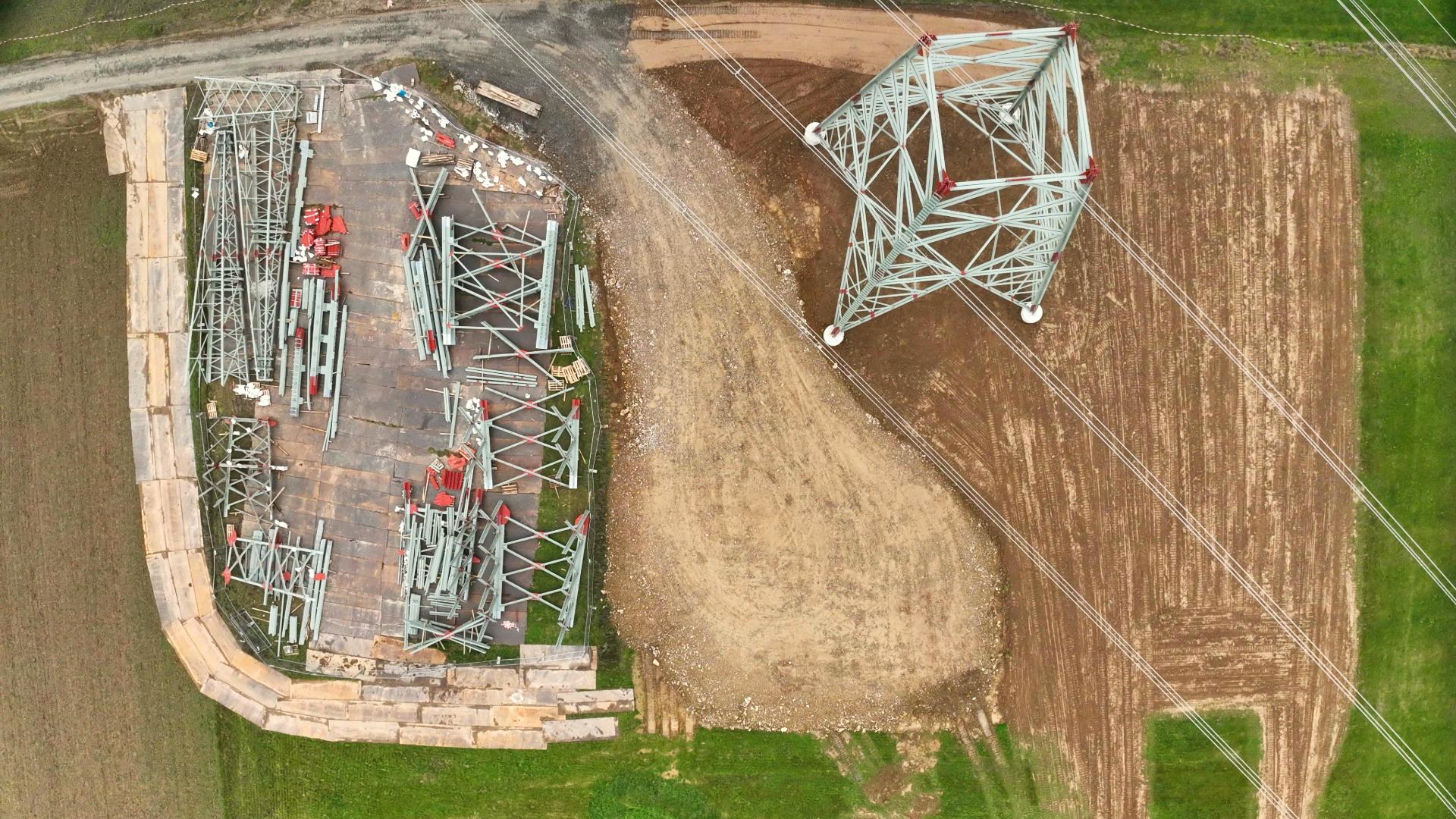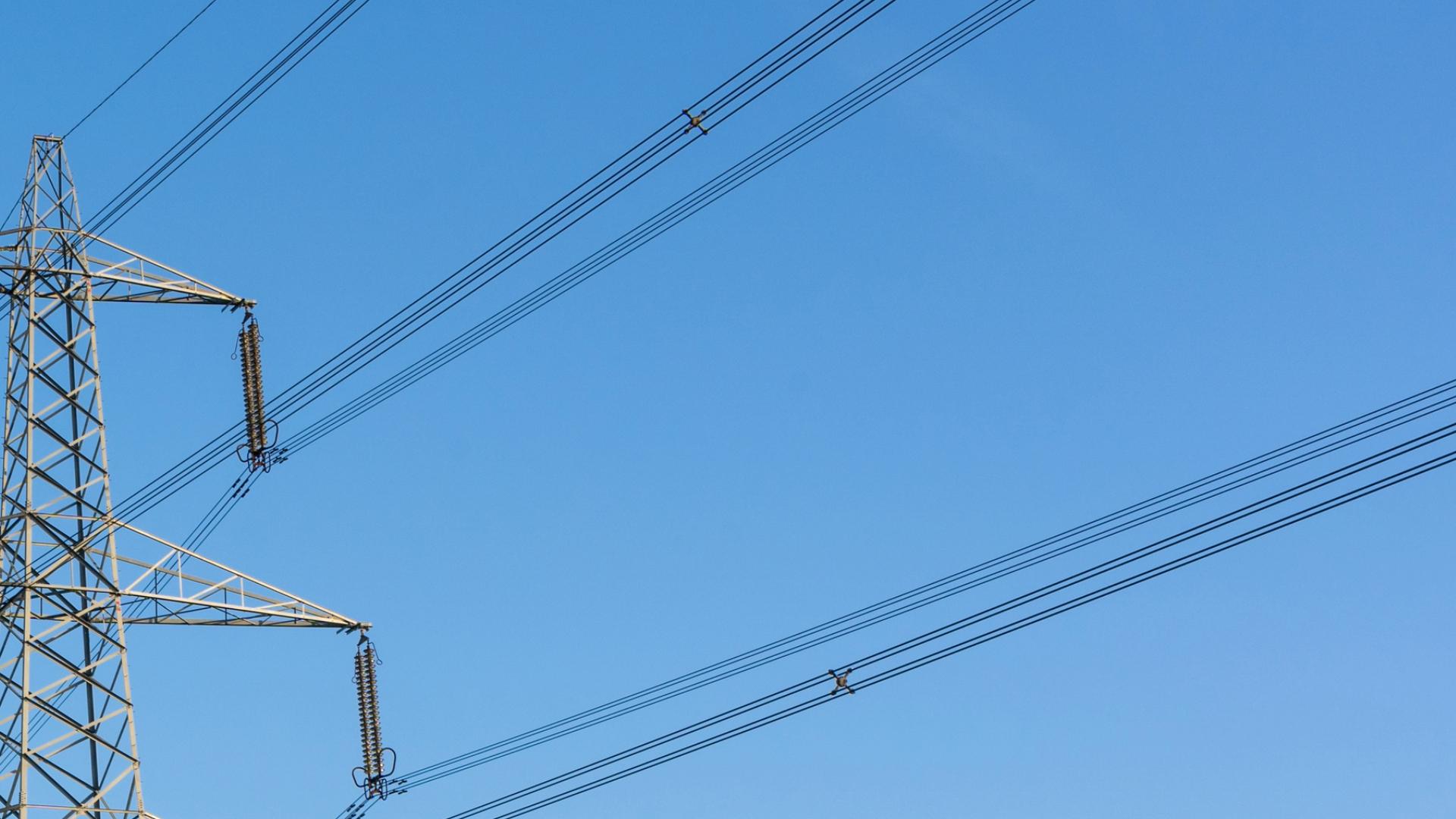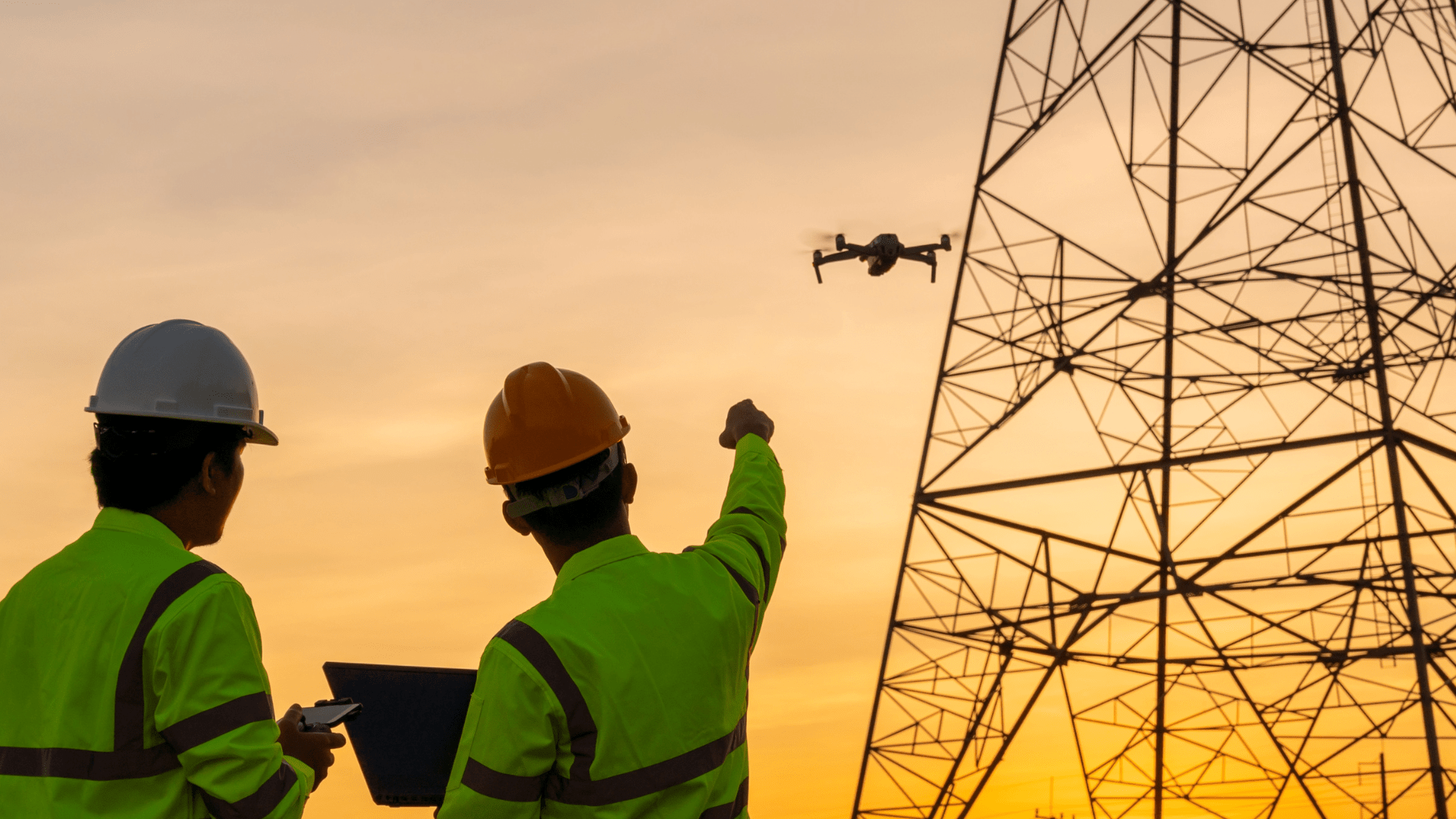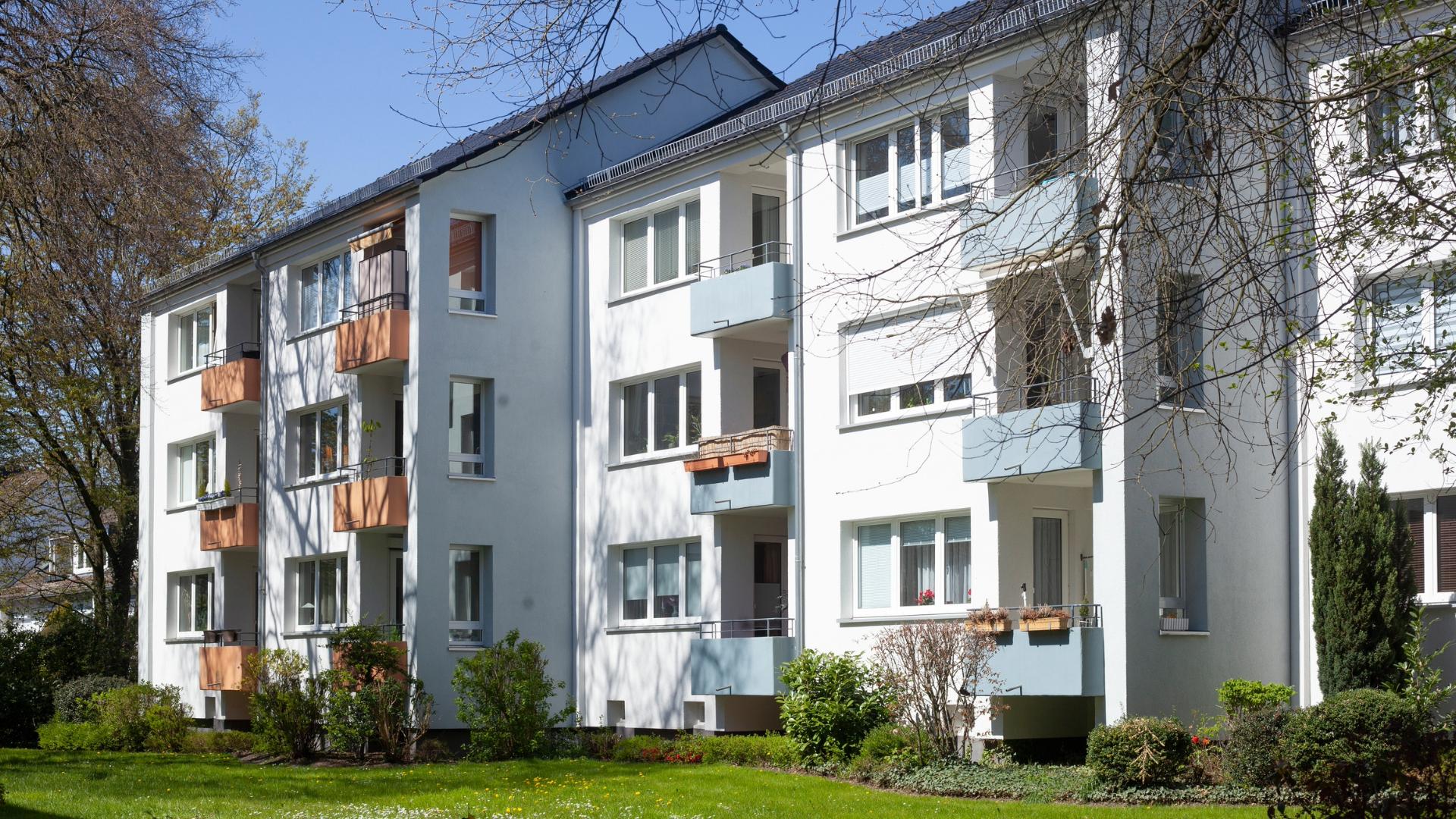What happens if you are in a hurry and you take the car? It’s traffic. It’s a real problem for ambulances and urgent medical transports. That’s why ZAL (Zentrum für Angewandte Luftfahrtforschung GmbH), GLVI (Gesellschaft für Luftverkehrsinformatik mbH), Lufthansa Technik AG and FlyNex GmbH have joined forces and launched the Medifly-Hamburg project. Yesterday, Wednesday, a drone flew in Hamburg from the Bundeswehr hospital to the pathology department of the Marienkrankenhaus. In the future, this should become the rule because the Medifly-Hamburg project succeeded in successfully carrying out drone transport. Medifly-Hamburg is funded by the Federal Ministry of Transport and Digital Infrastructure.
Why transport with a drone?
Tissue that needs to examination during operation must be transported to a pathology laboratory as quickly as possible. From the results of the laboratory, the surgeon can deduce whether the diseased tissue could be removed entirely or not. Whereas in the past, almost every hospital had its laboratory, today there are only a few. For this reason, the samples are transported through the city by blue-light transport, often while the operation is still in progress. Shortening the duration of transport would minimize the length of surgery and anesthesia for the patients. In consequence, this would mean a clear benefit for the patient and also the treating physician.
How does a drone fly independently and safely through a large city?
FlyNex, as an expert in drone projects, was responsible for eliminating all risks and ensuring a safe flight. FlyNex provided its digital maps, took care of the flight planning, and coordinated the permits with the aviation authorities. “Medifly is not a classic aviation topic,” says Christian Caballero, COO at FlyNex GmbH. “The mass of influencing factors for successful flight planning results from the ground structure. In this project, our solutions can help to set the course for automated flights out of sight and show how medical drones can support health care”. The Medifly-Hamburg project tested the transport with a Globe UAV drone and started for this purpose at the Bundeswehr hospital in Wandsbek. The 10kg special drone, which Globe UAV had constructed, flew with the tissue dummy at an altitude of 75 meters, five kilometers away, and that in ten minutes. For the test, it flew at 40 km/h, whereby 80 km/h would not be a problem in real operation. The drone was thus significantly faster than an ambulance. The blue-light transport takes an average of 15 minutes on the same route. For the test flight, eight track marshals kept an eye on the drone. Besides, a camera was attached to the drone for live switching for the operations managers.
What is the next step?
The test flights on Wednesday were successful and promising. The Medifly team was thus able to demonstrate that drone technology can already handle safe and reliable transport. In the future, transport between hospitals is to be fully automated. Also, the drone is to fly at up to 100 kilometers per hour and even transport medicines and other medical goods. FlyNex is continuously expanding its map rooms and flight software for medical and other missions.
Images:
Paramedic with drone: Lufthansa Technik AG / Fotografin: Sonja Brüggemann
Table and people: ZAL DReinhardt
Visuals: FlyNex GmbH
